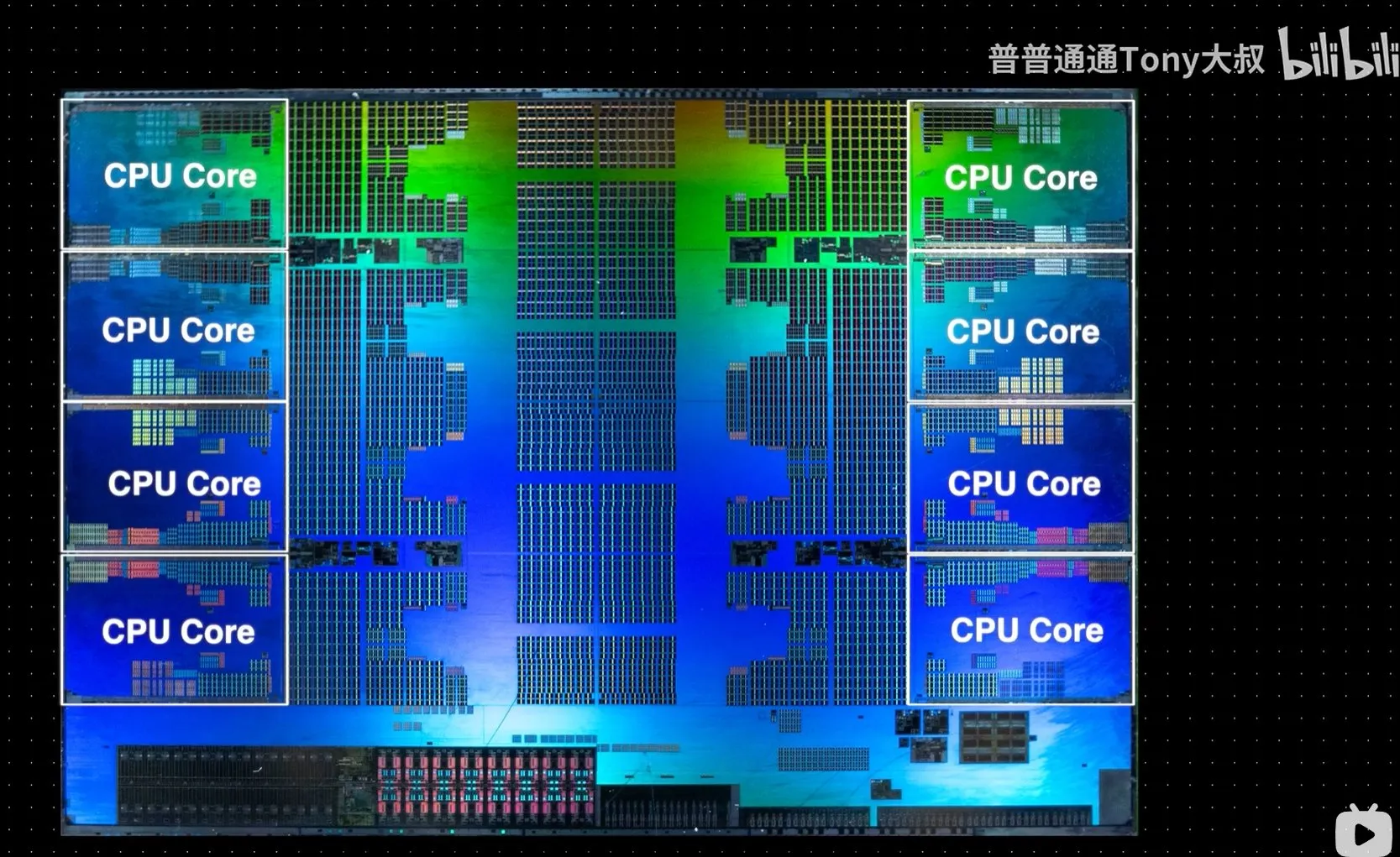Noteworthy is the overclocking potential of the KX-7000 on Asus’s specialized motherboard. With a base clock of 3.2 GHz, the CPU was overclocked to 3.6 GHz, achieving a 21% improvement in multi-core performance and a 10% increase in single-core performance. While these improvements did not surpass the performance of the Intel and AMD CPUs tested, they significantly closed the gap in single-core performance to the Core i5-7500 and exceeded it in multi-core capabilities.
The motherboard itself, while specialized for overclocking, shares common features with entry-level H610/B660 models. It includes a basic 6+2 phase VRM power delivery system capable of handling up to 4 GHz regular overclocking, with provisions for up to 5 GHz under extreme conditions like liquid nitrogen (LN2) overclocking. The board is equipped with two DIMM slots, one M.2 slot, two SATA 3 ports, and multiple PCIe slots (two x16 Gen 4 and one x1 Gen 4), with all I/O operations directly managed by the CPU, eliminating the need for a separate motherboard chipset.
This power delivery system, although not particularly advanced, supports the KX-7000 adequately. During testing, the CPU consumed about 85 watts in multi-threaded scenarios at stock speeds, a relatively low power draw that suggests the motherboard's VRM is sufficient even without additional heatsinks for VRM cooling.



